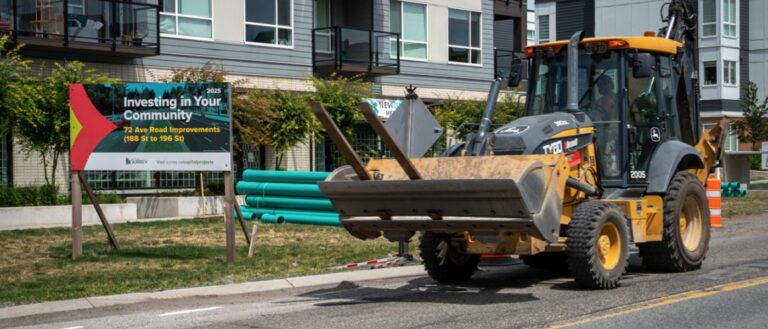Canada’s wind, solar and energy-storage sectors grew by a steady 11.2% this year, according to the new annual industry data report released today by the Canadian Renewable Energy Association (CanREA).
The industry added 2.3 GW of new installed capacity in 2023, including more than 1.7 GW of new utility-scale wind, nearly 360 MW of new utility-scale solar, 86 MW of new on-site* solar, and 140 MW / 190 MWh of energy storage.
Canada now has a total installed capacity of more than 21.9 GW, including 20.4 GW of utility-scale wind and solar energy, 1.2 GW of on-site* solar and 356 MW / 539 MWh of energy storage nationwide.
Looking ahead, there are tremendous opportunities for growth in these industries, as the nation works to meet 2035 and 2050 net-zero targets.
This year’s greatest success stories were found in Atlantic Canada, the North and, notably, Alberta. Other provinces saw no growth in their wind, solar or energy storage sectors in 2023, due to their lack of centralized procurements and corporate power purchase agreement (PPA) offerings—but progress is expected and is, in many cases, underway (see details in Regional Breakdown, below).
“Canada’s wind, solar and energy storage industry had a relatively good year in 2023, but it fell short of the trajectory needed to meet net-zero targets. Canada has massive, untapped wind and solar resources that can be harnessed to provide the affordable, clean electricity needed in all jurisdictions. What is needed is more geographic diversity. We need to increase the pace of buildout, and we need to see deployment in all provinces and territories,” said Vittoria Bellissimo, CanREA’s president and CEO.
Growth in renewable energy and energy storage has positive implications for jobs and for the economy: As it grows, the sector is emerging as an important force for job creation, primarily in the construction of new facilities, but also in the ongoing operations and maintenance of these sites. In 2023, Canada’s wind and solar industries accounted for more than 4,950 person-years of employment, having increased by 11% this year (up from more than 4,460 in 2022).
CanREA advocates provincially and federally to create favourable policy and regulatory environments for the procurement and deployment of wind, solar and energy storage. On that front, there was much to celebrate in 2023, with many provinces announcing net-zero pathways and procurement plans (see Regional Breakdown, below).
Taking all these announced procurements into account, Canada could reach nearly 58 GW of renewable energy and energy storage capacity by 2035.
Even this, however, is less than what is needed to support national and international targets for the energy transition: COP28 set a global goal of increasing renewables threefold by 2030, and CanREA’s 2050 Vision, Powering Canada’s Journey to Net-Zero stated that Canada needs to deploy more than 5 GW of new wind and solar energy every year to meet its commitment to net-zero GHG emissions. See Figure 2.
“In 2024, CanREA will continue to advocate for policy and regulatory changes, focusing on the jurisdictions with the greatest potential for growth, to unlock the enormous opportunities offered by renewable energy and energy storage and their benefits for all Canadians,” said Bellissimo.

Featured image: Canada’s current installed capacity for wind, solar and energy storage (December 31, 2023): At the end of 2023, Canada had 21.9 GW of installed wind, solar and energy storage capacity, distributed across its provinces and territories as shown in this map. (CanREA)











